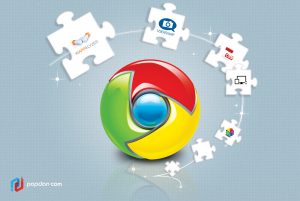Have you ever used AJAX? Many web developers and app developers who like to make their website run faster and efficient will choose AJAX as their solutions. AJAX is actually a technique that has been applied in many popular social media which aims for creating better, faster, and more interactive web applications with the help of XML, HTML, CSS, and Java Script. It works by retrieving data only in part that you need to change instead of reload the whole page. AJAX is an acronym that stands for Asynchronous JavaScript and XML. So far, AJAX is the most workable Rich Internet Application (RIA) technology. But at the same time, AJAX has browser incompatibility and it is supported by JavaScript, which is difficult to maintain and debug.
Along with Document Object Model and JavaScript for dynamic content display, Ajax uses XHTML for content and CSS for presentation. In conventional web applications transmit information to and from the server done through synchronous requests. AJAX is usually required to fill out a form, hit submit, and get to a new page directed with new information from the server while with AJAX, JavaScript will make a request to the server, interpret the results, and update the current screen once you hit the submit. In this sense, the user will never discover that anything was even transmitted to the server which causes better user experience compare to the conventional method.
Moreover, by using AJAX, a user can continue to use the application while the client program requests information from the server in the background. Besides, AJAX is also a more intuitive and natural user interaction, for example you may not require any clicking a mouse movement is a sufficient event trigger.
AJAX also standardizes to accomplish the following standards:
- Browser-based presentation using TML and Cascading style sheets (CSS).
- JavaScript to make everything happen.
- Behind-the-scenes data fetches using XMLHttpRequest objects in the browser.
- Data is stored in XML format and fetched from the server.



